Layer-backed views are layered by OpenGL (well, the Quartz compositor, but it helps to think of each layer as a polygon with an OpenGL texture on it), so they've always supported correct overlapping.
The thread on CocoaBuilder/Cocoa-Dev doesn't mention layers at all. Which means it talks about regular NSViews without a backing CALayer (or rather, with only a CALayer for the entire window).
One exception mentioned is OpenGLView (again, without layers), which always composited its OpenGL rectangle on top of the window, obliterating any subviews. I don't think making an NSOpenGLView layer-backed works, but an OpenGL layer can be used instead, which will be composited correctly between the other layers.
Another exception are layers on top of non-layer-backed views, which makes sense, because all non-layer-backed views effectively inhabit a single layer, which is of course below any of its sub-layers (which layer-backed views hosting in a non-layer-backed parent view would have to be).
So in short, it works since 10.5 for non-layered, and since forever for layer-backed views, with caveats when you mix-and-match or use OpenGL.
PS - I'm not 100% sure the statement on overlapping non-layer-backed views should be taken as canonical, though. It's an informal statement made by an Apple engineer. Things could have changed and bugs could have been discovered that make things not work. I generally use layers when I want correct overlapping.
